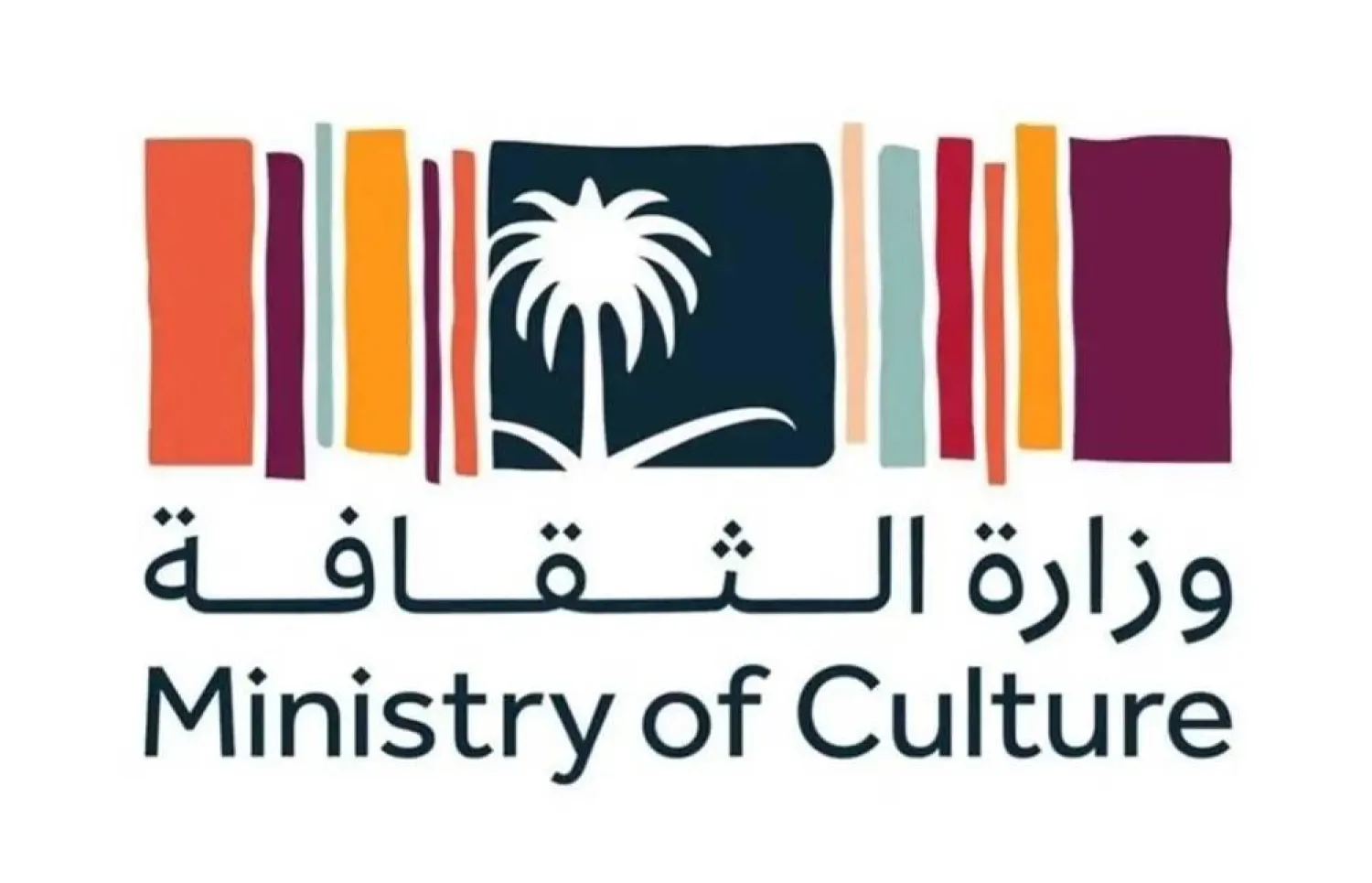The Jeddah Historic District Program unveiled the findings of the archaeological excavations at Othman bin Affan Mosque as part of the first phase of the Archaeology Project in Historic Jeddah, according to a press release from the program SPA said on Monday.
The excavations unearthed significant details about the mosque's history, including numerous artifact fragments, some dating back nearly 1,200 years.
The release stated that the archaeological excavations revealed that the mosque underwent numerous renovations and reconstructions over its long history. Aside from its latest, modern form, which was constructed sometime during the 14th century AH (late 20th century AD), all previous architectural phases followed the traditional style of mosques in the region at that time, with an open courtyard leading to a roofed prayer hall.
The mosque's size, orientation and mihrab niche remained essentially unchanged for over a thousand years.
Changes in the mosque primarily occurred in the elevation and flooring style. Clay tile and plaster flooring eventually led to flagstone, which remained in use for approximately 400 years. The floor level was periodically elevated during renovations, and the same flagstone flooring was reused until the early 20th century AD.
Moreover, alongside the significant changes that occurred in the mosque was the construction of an underground cistern system beneath the building. Archaeologists found cisterns "sealed and filled with crystal-clear water, left untouched by their builders for almost 800 years," the press release added. The construction of such underground cisterns was commonplace in historic Jeddah, given the city's scarce water supply.
The 1200-year-long history of the Othman bin Affan Mosque is illustrated by thousands of archaeological finds discovered during the excavation, from fragments of the 11th century AH (17th century AD) Chinese blue and white porcelain and 4th-6th century AH (11th-13th century AD) Chinese so-called Celadon ware with a pleasing soft green-grey colored glaze.
One of the earliest artifacts unearthed in the mosque are fragments of white, green and yellow glazed pottery dated by experts to the 3rd- 4th century AH (9th-10th century AD).
Othman bin Affan Mosque, a 1200-Year-Old Building in Historic Jeddah

The Jeddah Historic District Program unveiled the findings of the archaeological excavations at Othman bin Affan Mosque as part of the first phase of the Archaeology Project in Historic Jeddah. (SPA)

Othman bin Affan Mosque, a 1200-Year-Old Building in Historic Jeddah

The Jeddah Historic District Program unveiled the findings of the archaeological excavations at Othman bin Affan Mosque as part of the first phase of the Archaeology Project in Historic Jeddah. (SPA)
لم تشترك بعد
انشئ حساباً خاصاً بك لتحصل على أخبار مخصصة لك ولتتمتع بخاصية حفظ المقالات وتتلقى نشراتنا البريدية المتنوعة







